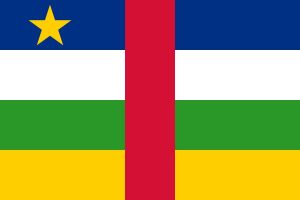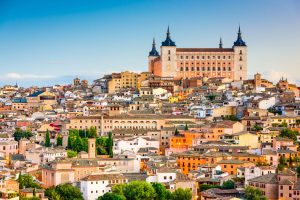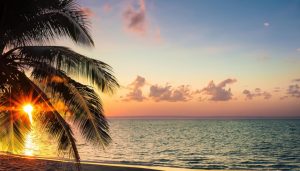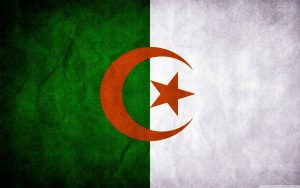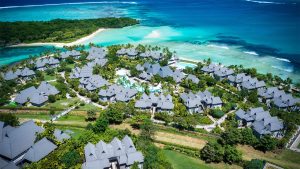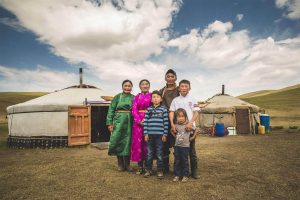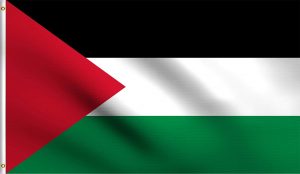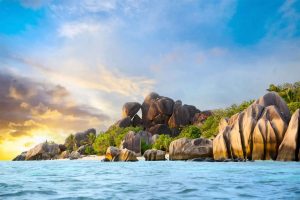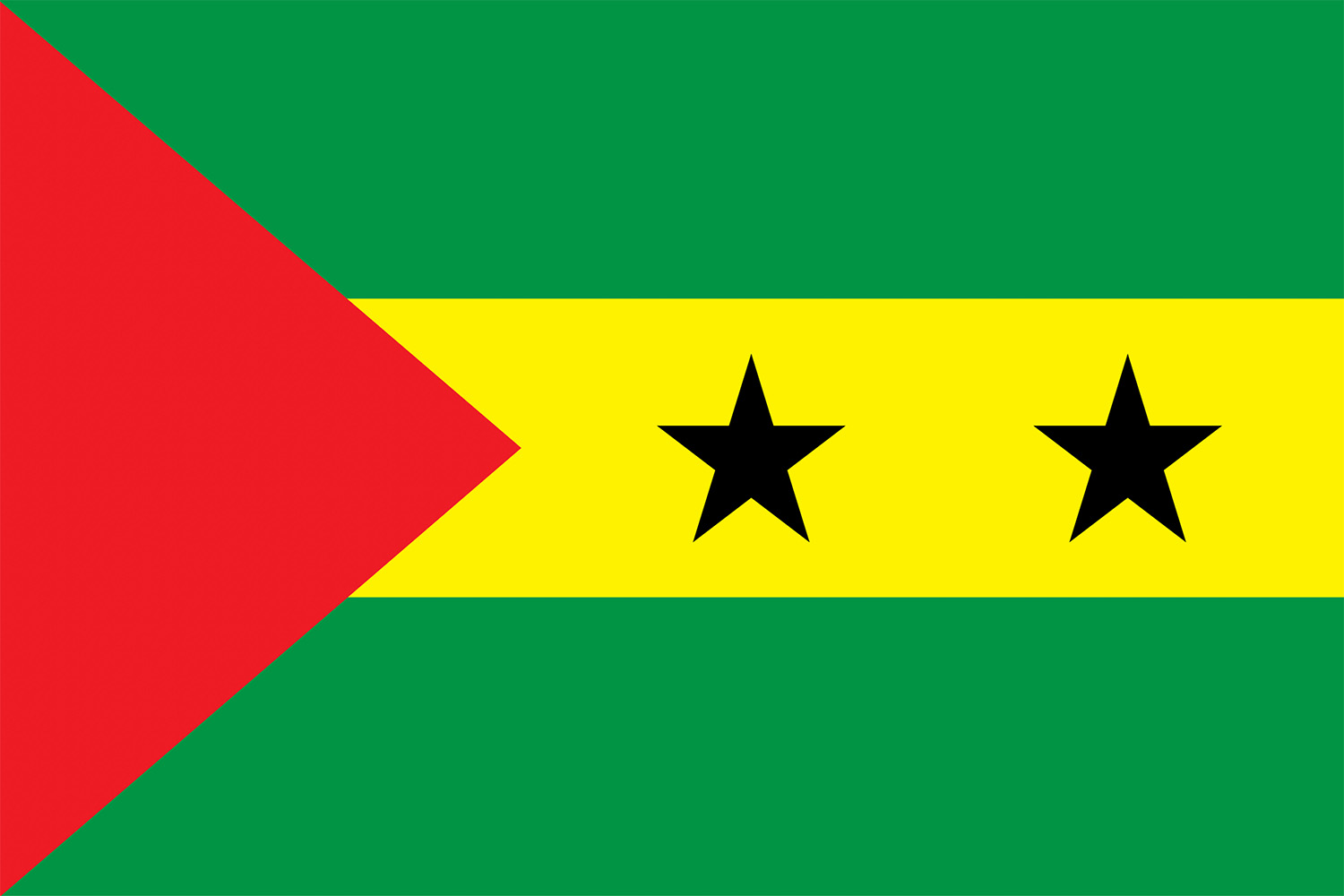
26 interesting facts about Sao Tome and Principe
- 👁️ 2115
São Tomé and Príncipe, Africa’s second-smallest country, is an enchanting archipelago situated in the Gulf of Guinea, off the western equatorial coast of Central Africa. This relatively unknown destination is a paradise of biodiversity, rich culture, and historical significance, offering much more than its size might suggest. The islands are renowned for their lush tropical landscapes, beautiful beaches, and the warm hospitality of their people. With a history marked by colonization, the cultivation of sugar, coffee, and cocoa, São Tomé and Príncipe have emerged as a symbol of resilience and beauty, attracting adventurers, eco-tourists, and those looking to uncover the hidden jewels of Africa. Here are some fascinating facts about this captivating country.
- São Tomé and Príncipe were uninhabited before the arrival of the Portuguese in the late 15th century.
- The country gained independence from Portugal on July 12, 1975.
- São Tomé, the larger of the two islands, is home to the capital city, São Tomé, which is also the largest city in the country.
- The official language is Portuguese, reflecting its colonial heritage.
- São Tomé and Príncipe is Africa’s smallest state in terms of population.
- The country’s economy heavily relies on agriculture, with cocoa being the primary crop and export commodity.
- The islands are part of a volcanic chain, featuring striking landscapes and rich volcanic soil.
- São Tomé and Príncipe are located near the equator, contributing to their tropical climate.
- The Pico Cão Grande is a needle-shaped volcanic plug peak that rises dramatically from the southern part of São Tomé, reaching a height of 663 meters.
- The islands are recognized as a biodiversity hotspot, particularly for birds, with several endemic species.
- São Tomé and Príncipe is one of the world’s principal nesting sites for leatherback turtles.
- The country’s waters are renowned for excellent deep-sea fishing, especially for big game fish like marlin and tuna.
- São Tomé and Príncipe was one of the world’s largest cocoa producers during the colonial era.
- The São Toméan Dobra is the national currency, and in 2018, it was pegged to the euro.
- The archipelago is also known for its coffee, which is grown on the mountainous slopes of both islands.
- São Tomé and Príncipe is a member of the Community of Portuguese Language Countries (CPLP), along with nations like Brazil, Portugal, and Mozambique.
- The Obo National Park covers a significant portion of São Tomé and is known for its diverse ecosystems, ranging from lowland rainforest to mountainous regions.
- The islands have a rich cultural heritage, with music and dance being integral parts of local festivals and celebrations.
- The Roça system of plantation estates, remnants of the colonial era, are scattered throughout the islands, some of which have been transformed into eco-tourist facilities.
- São Tomé and Príncipe operates under a semi-presidential system, with a president and prime minister sharing executive powers.
- Príncipe was granted autonomy in 1995, allowing it to manage its own affairs and resources.
- The country is striving to develop its tourism sector as a sustainable source of revenue, emphasizing eco-tourism and conservation.
- São Tomé and Príncipe is part of the “Cocoa of Excellence” program, which promotes sustainable cultivation of high-quality cocoa.
- Bird watching is a popular activity due to the islands’ unique avian species, attracting ornithologists and nature enthusiasts from around the world.
- The archipelago remains one of the least explored and developed tourist destinations, offering pristine natural beauty and tranquility.
- The traditional Santomean cuisine blends African, Portuguese, and Mediterranean influences, featuring seafood, tropical fruits, and spices.
São Tomé and Príncipe, with its rich history, vibrant culture, and stunning natural beauty, is a testament to the unique charm of Africa’s smaller nations. Its commitment to preserving biodiversity and promoting sustainable development makes it a model for conservation and eco-friendly tourism. As the world becomes more interconnected, São Tomé and Príncipe stands as a beacon for travelers seeking authentic experiences, unspoiled landscapes, and a warm welcome. Its potential for growth and development, balanced with the preservation of its natural and cultural heritage, ensures that São Tomé and Príncipe will continue to enchant and inspire for generations to come.
São Tomé and Príncipe, Africa’s second-smallest country, is an enchanting archipelago situated in the Gulf of Guinea, off the western equatorial coast of Central Africa. This relatively unknown destination is a paradise of biodiversity, rich culture, and historical significance, offering much more than its size might suggest. The islands are renowned for their lush tropical landscapes, beautiful beaches, and the warm hospitality of their people. With a history marked by colonization, the cultivation of sugar, coffee, and cocoa, São Tomé and Príncipe have emerged as a symbol of resilience and beauty, attracting adventurers, eco-tourists, and those looking to uncover the hidden jewels of Africa. Here are some fascinating facts about this captivating country.
- São Tomé and Príncipe were uninhabited before the arrival of the Portuguese in the late 15th century.
- The country gained independence from Portugal on July 12, 1975.
- São Tomé, the larger of the two islands, is home to the capital city, São Tomé, which is also the largest city in the country.
- The official language is Portuguese, reflecting its colonial heritage.
- São Tomé and Príncipe is Africa’s smallest state in terms of population.
- The country’s economy heavily relies on agriculture, with cocoa being the primary crop and export commodity.
- The islands are part of a volcanic chain, featuring striking landscapes and rich volcanic soil.
- São Tomé and Príncipe are located near the equator, contributing to their tropical climate.
- The Pico Cão Grande is a needle-shaped volcanic plug peak that rises dramatically from the southern part of São Tomé, reaching a height of 663 meters.
- The islands are recognized as a biodiversity hotspot, particularly for birds, with several endemic species.
- São Tomé and Príncipe is one of the world’s principal nesting sites for leatherback turtles.
- The country’s waters are renowned for excellent deep-sea fishing, especially for big game fish like marlin and tuna.
- São Tomé and Príncipe was one of the world’s largest cocoa producers during the colonial era.
- The São Toméan Dobra is the national currency, and in 2018, it was pegged to the euro.
- The archipelago is also known for its coffee, which is grown on the mountainous slopes of both islands.
- São Tomé and Príncipe is a member of the Community of Portuguese Language Countries (CPLP), along with nations like Brazil, Portugal, and Mozambique.
- The Obo National Park covers a significant portion of São Tomé and is known for its diverse ecosystems, ranging from lowland rainforest to mountainous regions.
- The islands have a rich cultural heritage, with music and dance being integral parts of local festivals and celebrations.
- The Roça system of plantation estates, remnants of the colonial era, are scattered throughout the islands, some of which have been transformed into eco-tourist facilities.
- São Tomé and Príncipe operates under a semi-presidential system, with a president and prime minister sharing executive powers.
- Príncipe was granted autonomy in 1995, allowing it to manage its own affairs and resources.
- The country is striving to develop its tourism sector as a sustainable source of revenue, emphasizing eco-tourism and conservation.
- São Tomé and Príncipe is part of the “Cocoa of Excellence” program, which promotes sustainable cultivation of high-quality cocoa.
- Bird watching is a popular activity due to the islands’ unique avian species, attracting ornithologists and nature enthusiasts from around the world.
- The archipelago remains one of the least explored and developed tourist destinations, offering pristine natural beauty and tranquility.
- The traditional Santomean cuisine blends African, Portuguese, and Mediterranean influences, featuring seafood, tropical fruits, and spices.
São Tomé and Príncipe, with its rich history, vibrant culture, and stunning natural beauty, is a testament to the unique charm of Africa’s smaller nations. Its commitment to preserving biodiversity and promoting sustainable development makes it a model for conservation and eco-friendly tourism. As the world becomes more interconnected, São Tomé and Príncipe stands as a beacon for travelers seeking authentic experiences, unspoiled landscapes, and a warm welcome. Its potential for growth and development, balanced with the preservation of its natural and cultural heritage, ensures that São Tomé and Príncipe will continue to enchant and inspire for generations to come.

